Because it’s always interesting to know a little about a country before living there for a while, I’d like to introduce you to Costa Rica. 😊


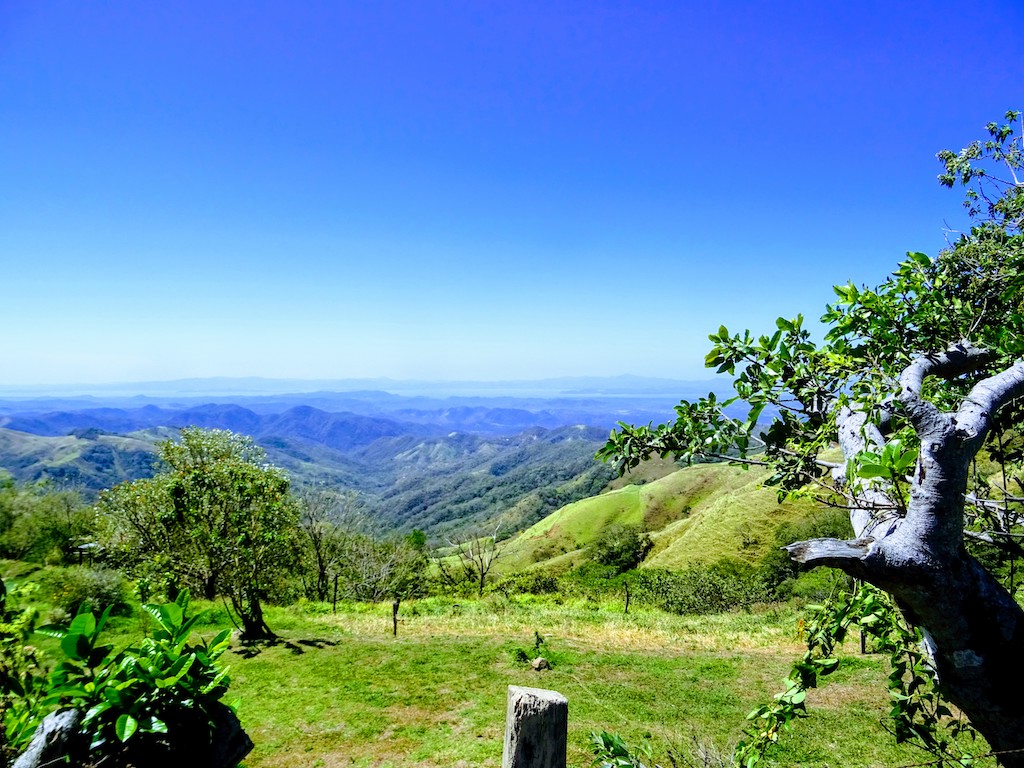

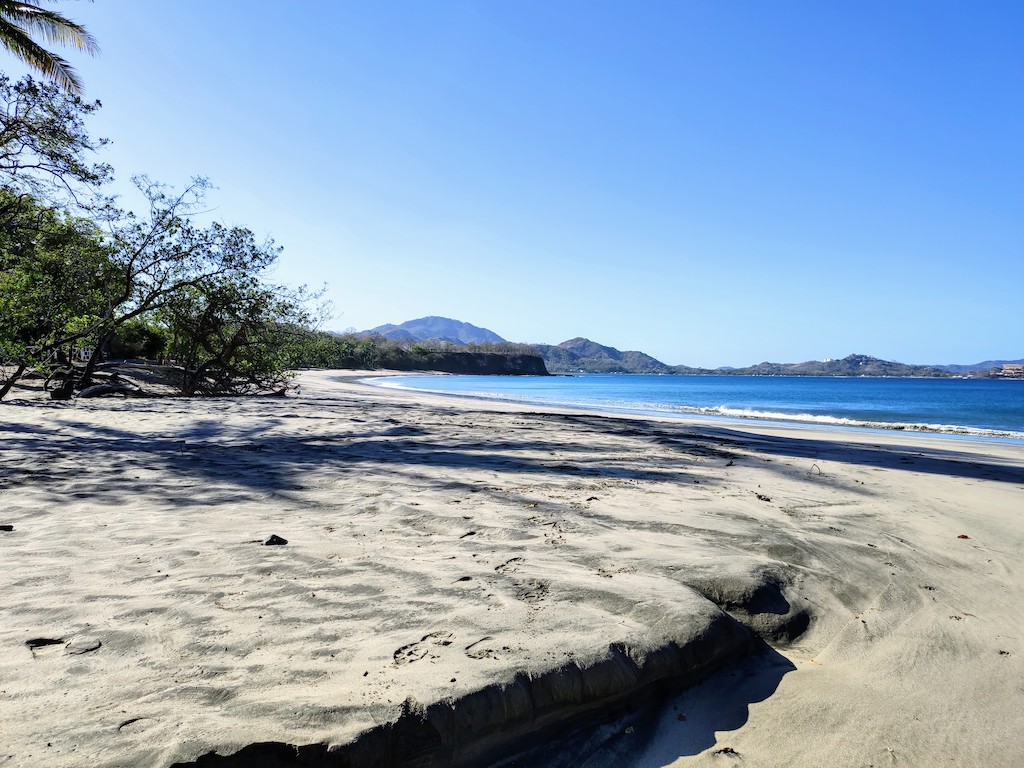

Costa Rica is one of the safest countries in Central America.
Literally: the Rich Coast
Christopher Columbus gave this name to the country during his invasion in 1502. He also gave his name to its currency, the Colòn, Columbus in Spanish.
The economy in Costa Rica
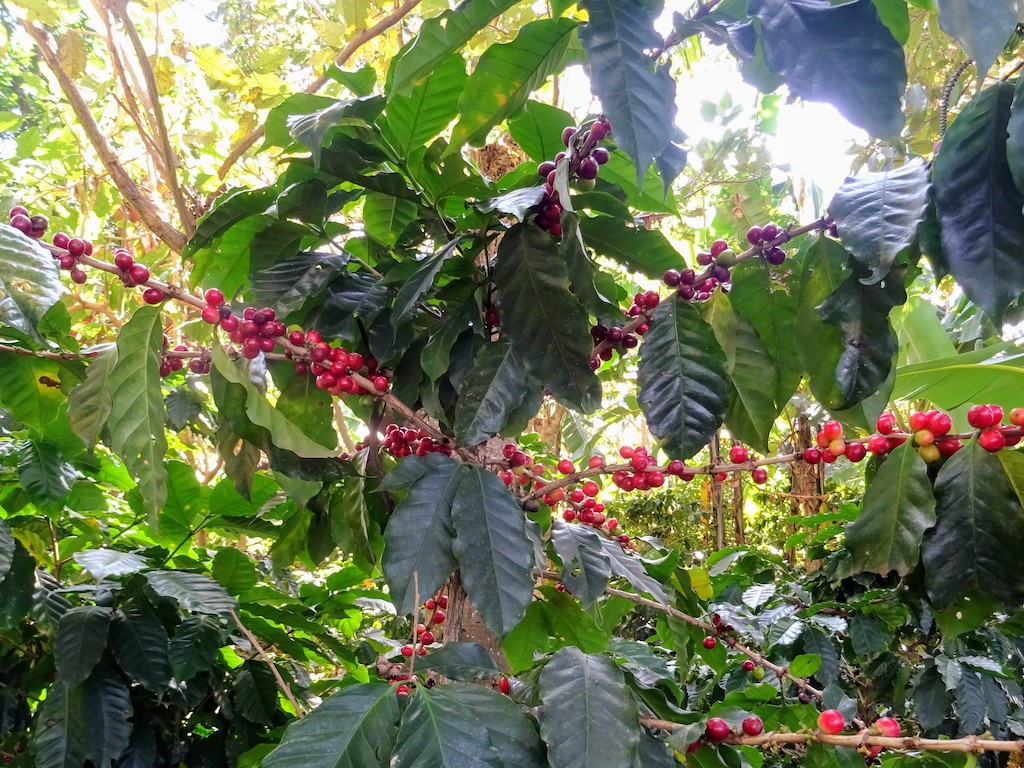

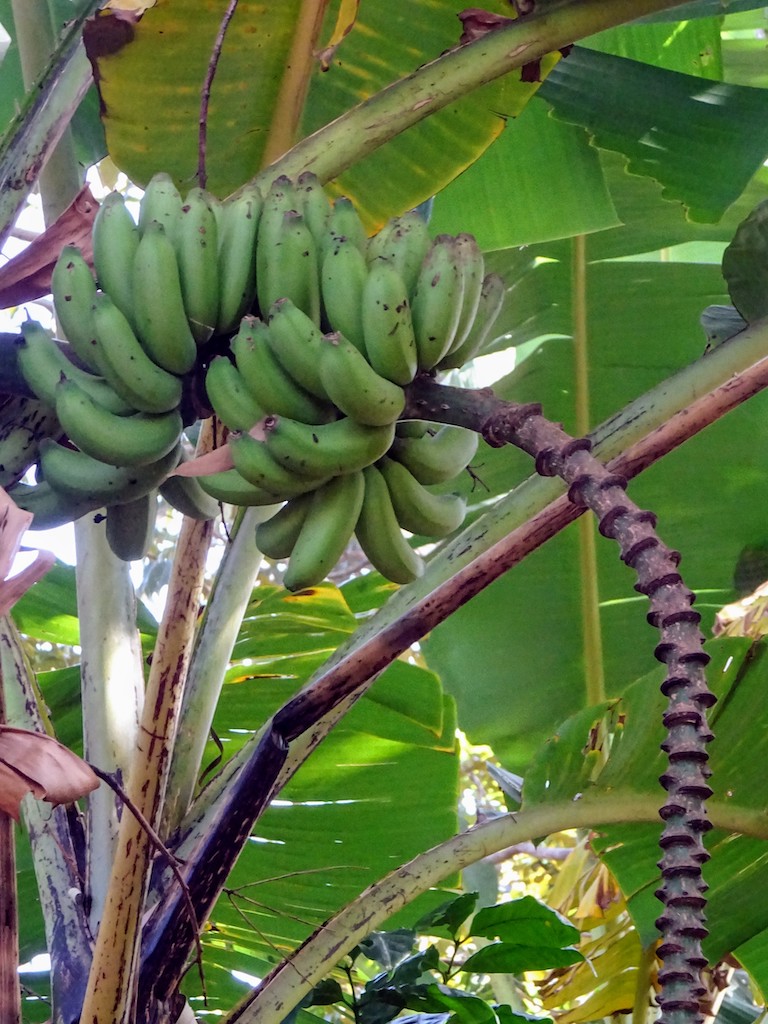

The economy depends on three factors
- Tourism
- Agriculture with the export of bananas, pineapple, coffee, sugar, and cocoa
- Its industry of advanced techniques, thanks to the free zones that were created to attract foreign companies
Living standards
The country is classified as a “developing country,” and poverty was estimated at 21% in 2019.
In the capital, San Jose, the monthly average salary is about $770, with a minimum wage of $510. For this reason, the cost of living surprised us. We paid about the same price as in France for groceries, bars, and restaurants. Tourist attractions, organized tours, and national parks also have high entrance fees.
Tourism in Costa Rica
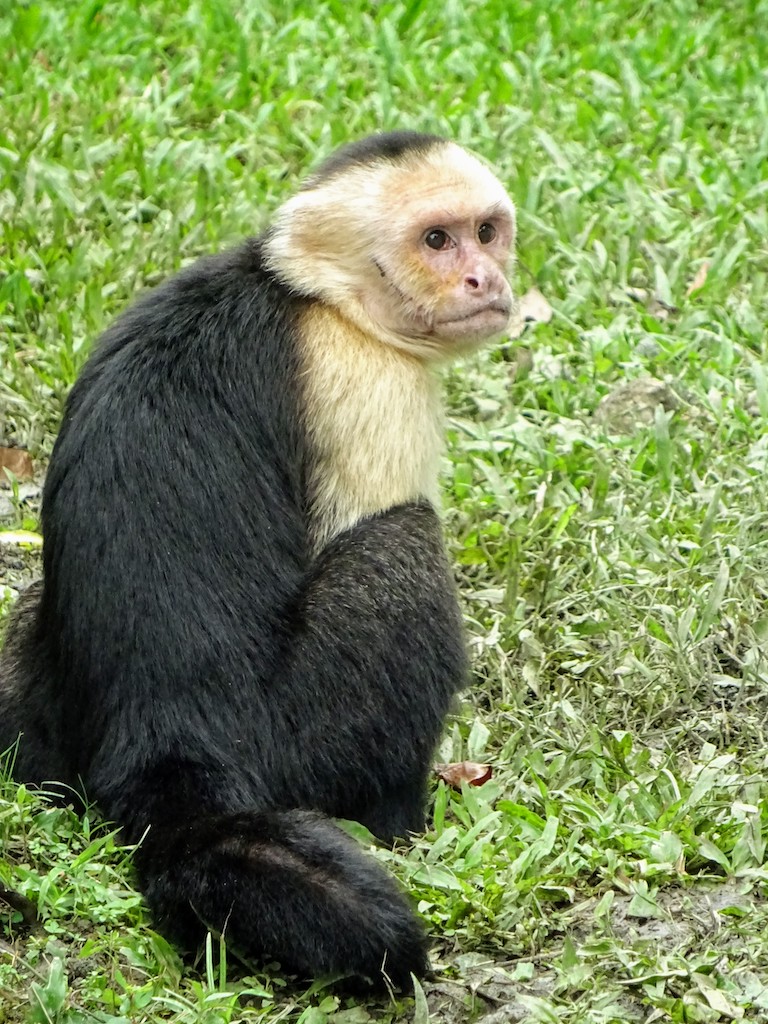

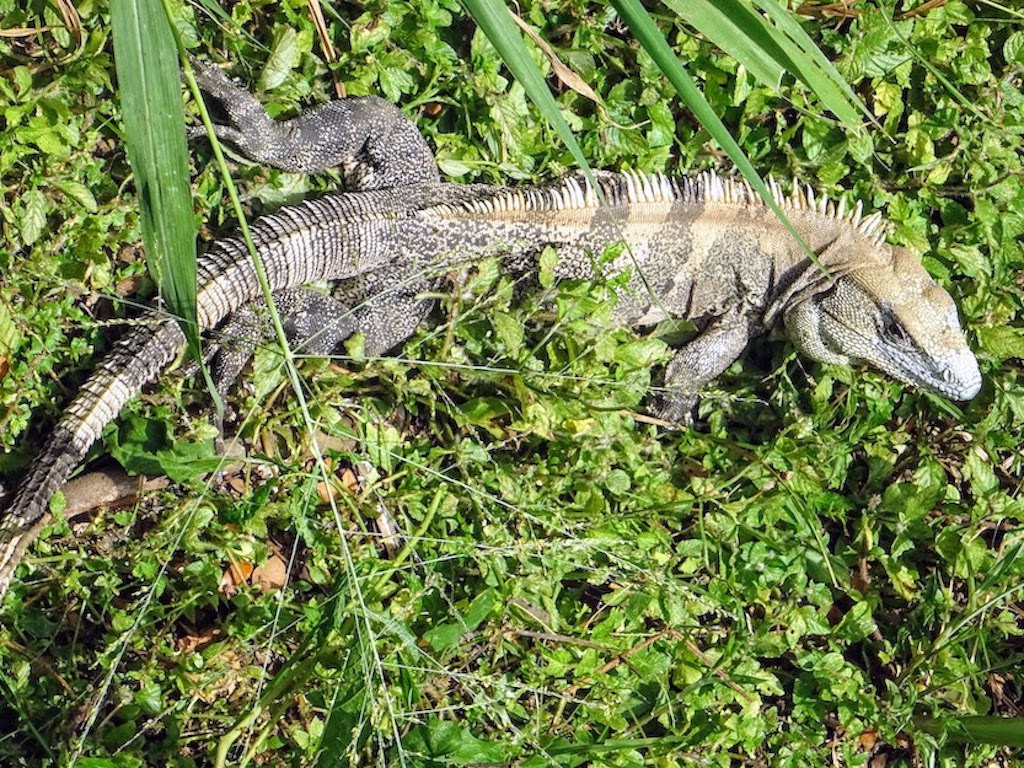

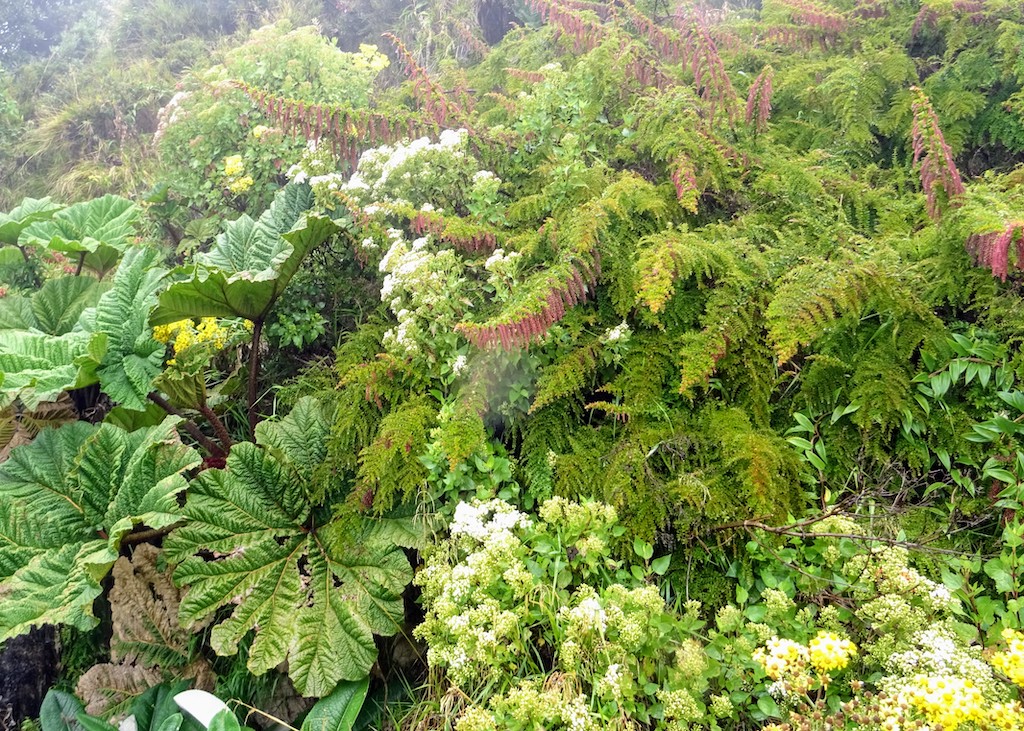

Tourism relies mainly on its fauna, flora, national parks — which account for 23% of its territory, and eco-tourism. The country is a pioneer in this field and is recognized for this activity. One of the most renowned and busiest parks is Manuel Antonio Park.
The country has taken advantage of two assets
- Its geographical location allows it to take advantage of the movements of animals between North and South America
- The different climates:
- To the East, the humid and semi-marshy Caribbean coast
- To the West, the dry Pacific coast
- In the center, a volcanic area with high relief and dry vegetation. There are 116 volcanoes, 5 of which are active!
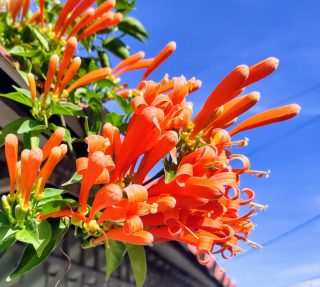

The flags of Costa Rica
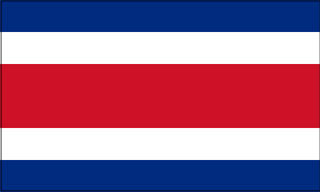

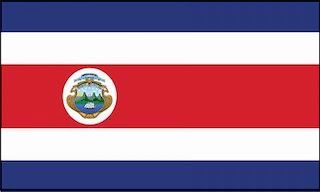

There are two flags in Costa Rica. The civilian one and the one reserved for the government on which appears the coat of arms of Costa Rica.
The flag was created in 1848 by Pacífica Fernández, wife of then-President José Maria Castro Madriz. It was inspired by the French flag conceived during the French Revolution of 1848 and the Second French Republic’s creation. It’s why the colors are similar.
The coat of arms
- The frame is gilded and decorated with rounds representing the golden beans, the coffee.
- At its center, three volcanoes, one for each of the country’s three mountain ranges:
- The Central Cordillera (Volcanoes Poás, Barva, Irazú et Turrialba) and the Talamanca Cordillera to the south form the spine of the country and separate the Caribbean and the Pacific zone.
- The Tilaràn Cordillera in the north of the country (Volcan Arenal).
- The mountain range further north of Guanacaste is not present, as this part of the territory was still Nicaraguan when creating the coat of arms.
- On either side of the volcanoes, the Pacific Ocean and the Caribbean Sea on which two merchant ships sail. They recall the maritime history of the country.
- A seven-star arc represents the provinces of the republic. Alajuela, Cartago, Guanacaste, Heredia, Limon, Puntarenas, and San José.
- On the horizon, the rising sun characterizes the country’s quest for prosperity.
- A white banner with the inscription “Republic of Costa Rica” is located on the upper part of the Shield under two branches of myrtle.
- At the top of the coat of arms is a blue ribbon with the words “Central America.” It honors the United Provinces of Central America.
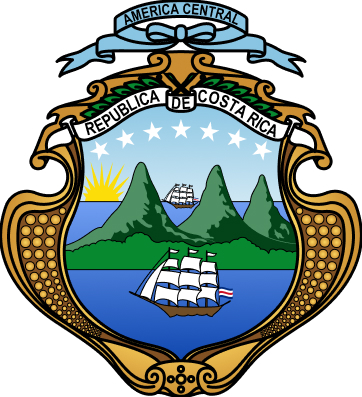

The meaning of the colors
- Blue for the sky, opportunities, idealism, and perseverance
- White for peace, wisdom, and happiness
- Red for the blood shed by the martyrs while defending the country, as well as people’s warmth and generosity
San Jose, its capital
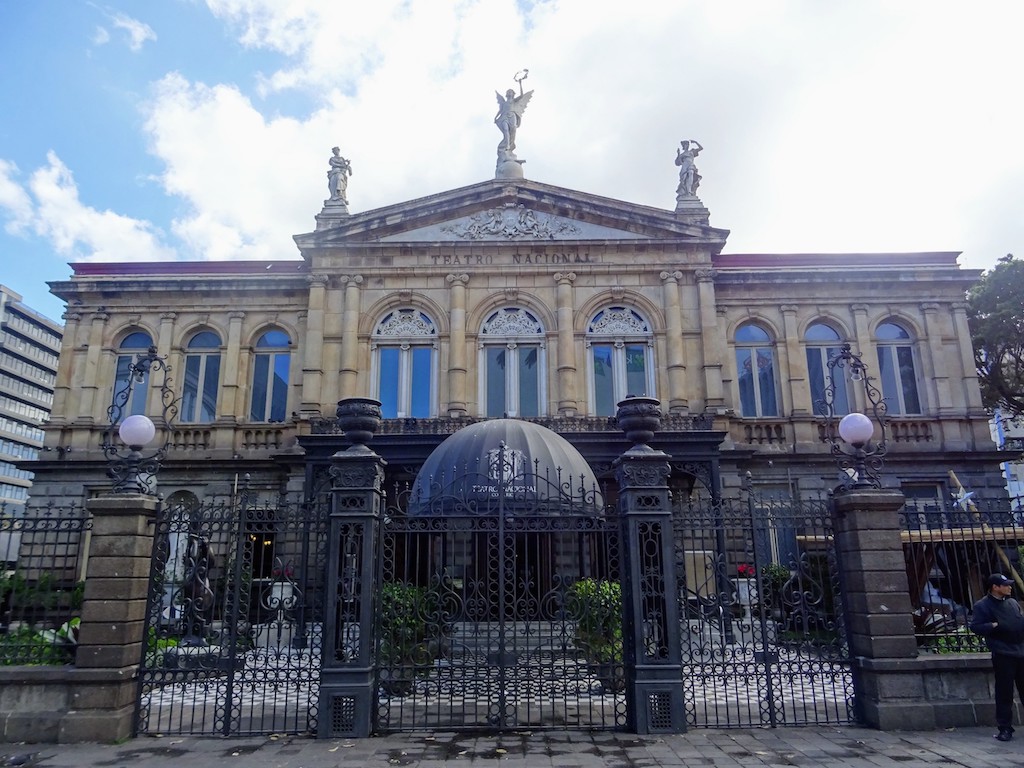

Its population is around 335,000 inhabitants (2020).
The capital has a pretty bad reputation. Indeed, the atmosphere is not as light as in other cities I have visited. That doesn’t mean I felt threatened. But this is not a city where I would spend time wandering around.
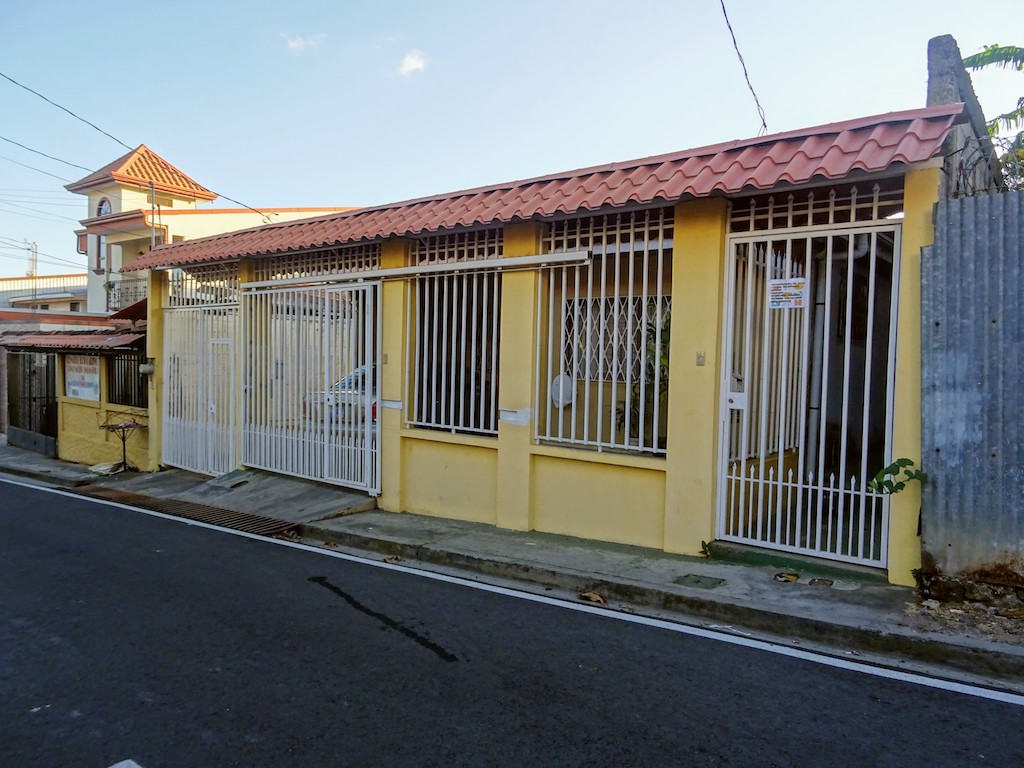

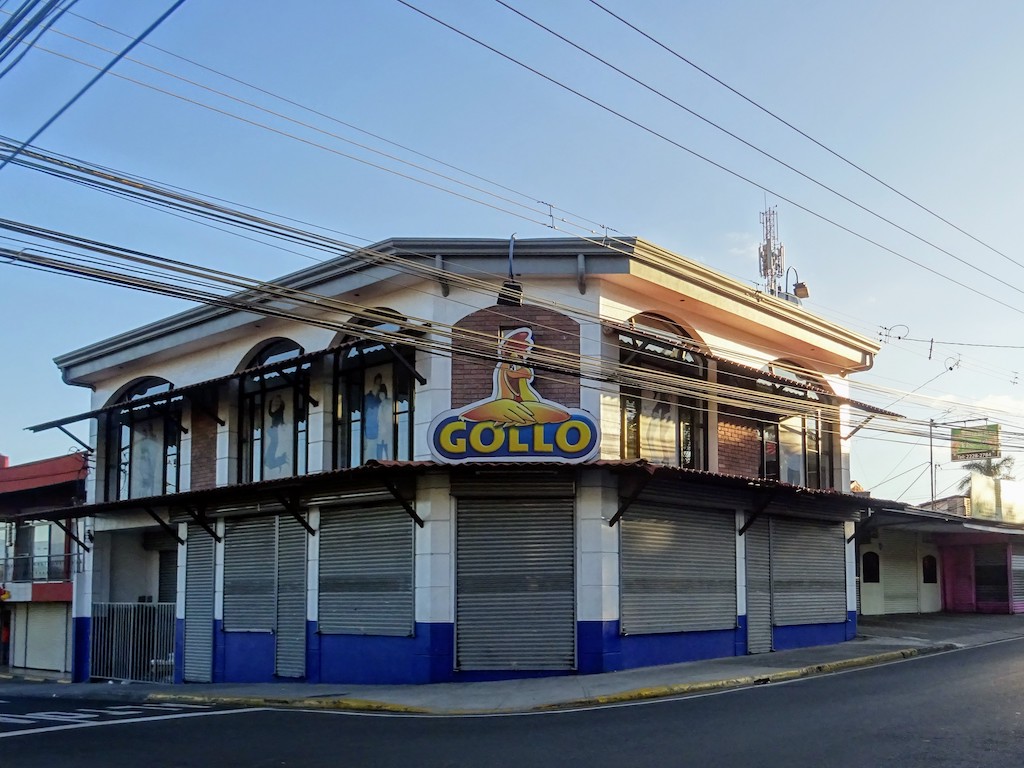

There are vendors on the street directly on the pavement with a handful of products for sale. All the city houses are barricaded behind walls or fences topped with peaks and barbed wire. There are bars on the windows. Even if Costa Ricans explained that it is part of the way they build in Latin American countries, it’s surprising! During the day, there are pairs of police officers on every street corner. The closed shops are hidden behind full iron curtains. In the street, when night falls, everything gets dark. We don’t see illuminated windows like in other countries. The pedestrian area then boils down to two large walls.
In small towns, inland or by the sea, you don’t feel that atmosphere. Houses are not as protected, the atmosphere is lighter, and life for us is pleasant.
That said, the welcome is excellent! People are very kind and helpful.
We also made an exciting tour of the city.
Their motto “Pura Vida”
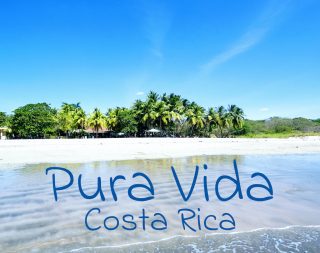

“Pura Vida.” If there is one expression to know before coming to Costa Rica, it is this one. Costa Ricans use it in a lot of different situations.
For a warm hello, “Hola, Pura Vida,” to toast “Salúd, Pura Vida, “for a friendly goodbye “Ciao, Pura Vida,” also to say “Everything is fine,” “Everything is OK” and “No worries” … So if you hear it all day long, that’s normal. Even when something bothers them, it’s a Pura Vida problem! If I had to translate it, I’d say, “Nothing but life!”
This expression would come from a 1956 Mexican film, Pura Vida, from which Costa Ricans would have taken up the phrase.
They have entirely appropriated these two words, and now more than just an expression, they represent the country’s state of mind and culture — a sense of belonging and cultural pride. So even if you want to use “Pura Vida” to feel more like a “local,” you have to do it the right way!
Traditional dishes
In every restaurant we went to, they always served us well — delicious dishes, neat presentations, and good portions. The only advice I would give you when you go to the restaurant is to ask for the portion size. The plate of plantains pictured is for one person. And they sold it as an appetizer. 🤣
Below, the pictures of my favorite dishes. They also serve delicious fajitas, even if it’s more of a typical Mexican dish.
Not to mention that everything is homemade and cooked with fresh products.
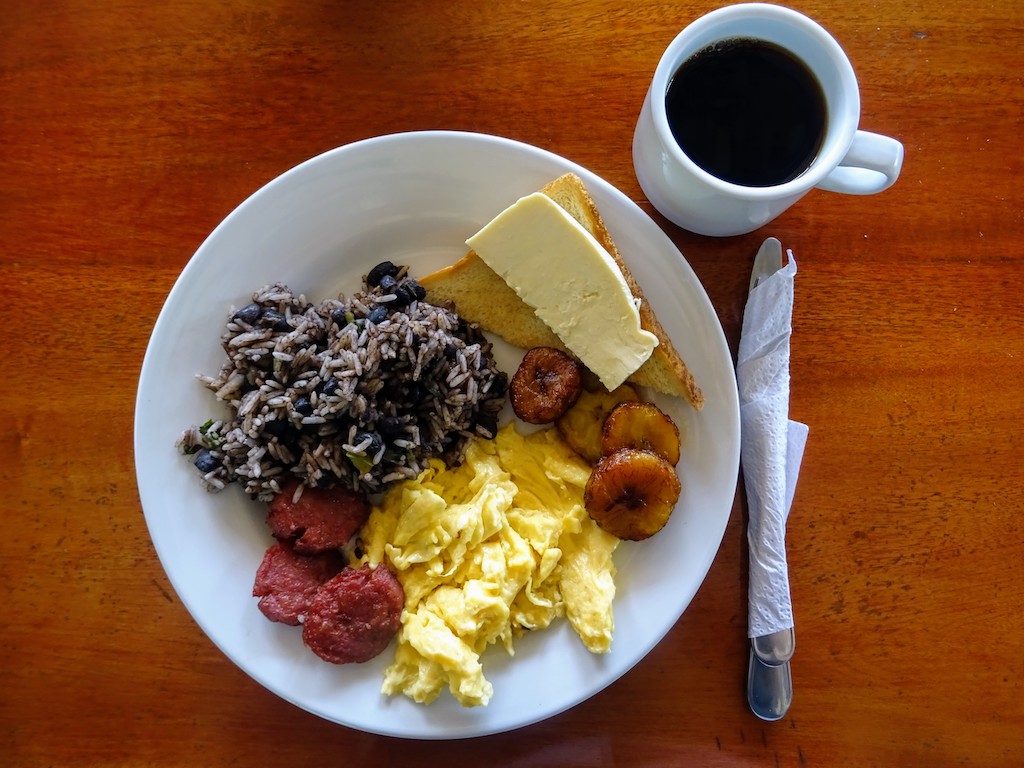

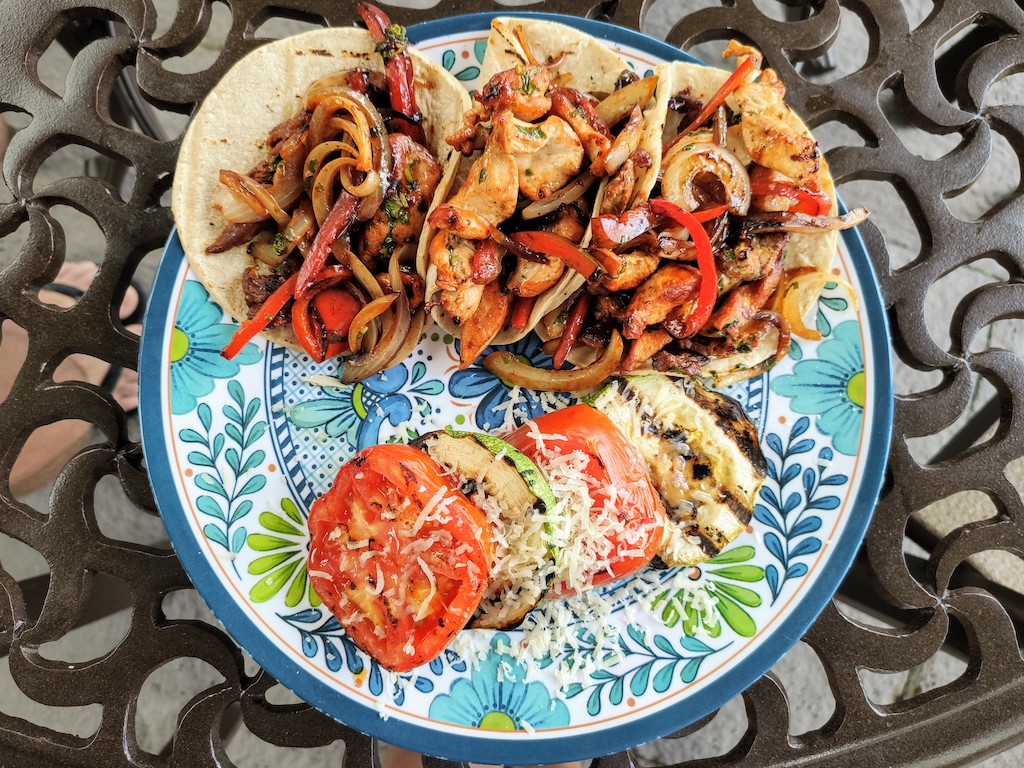

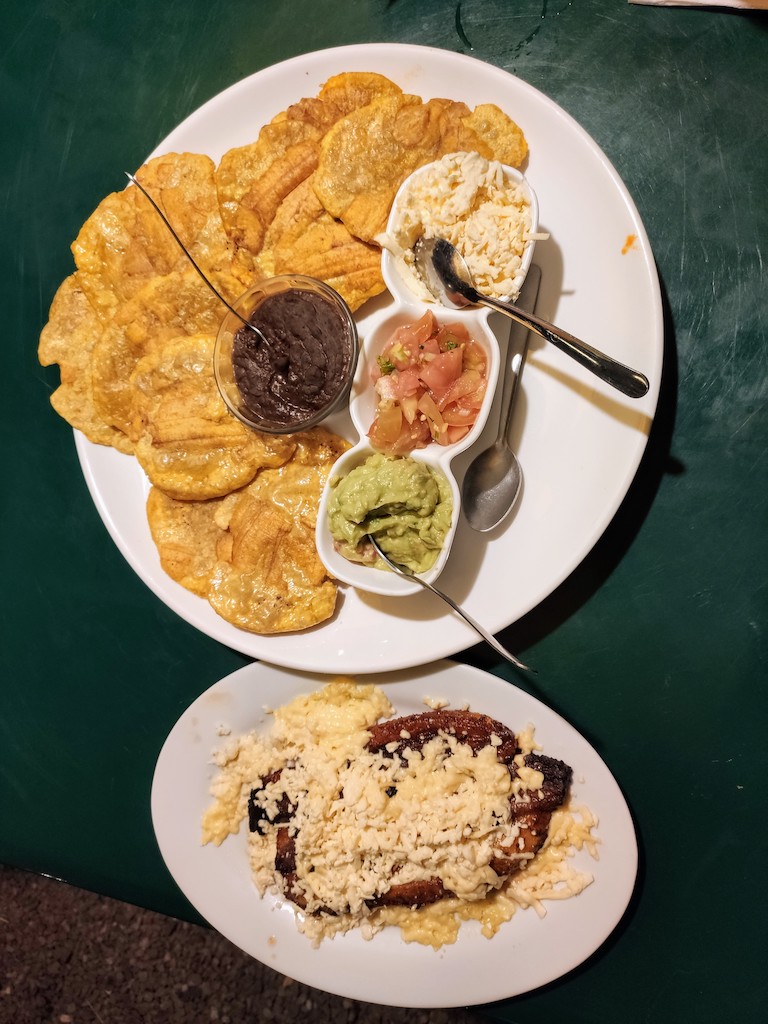

Conclusion
My advice for holidays in Costa Rica would be to organize a tour and rent a car. The must-do sites are located in different parts of the country, and public transport is not developed, so it’s impossible to use it to cross the country. But you also have to keep in mind that driving here takes time. The average speed is around 30 miles per hour, sometimes less if you have to go on dirt roads — which represent more than half the roads.
My last advice is to well calculate your budget before leaving, knowing that Costa Rica is an expensive country.

So I was miles off about the flag. I have heard that it’s a little intimidating in Costa Rica, but it wouldn’t stop me going. The wildlife and scenery is too amazing. And that food 😋
Yes definitively it’s worth it to come to Costa Rica. We’ve never had bad experiences, on the contrary. The nature is stunning. And all the fresh veg and fruits. Mangoes at your fingertips 🥭🍍 🍌
Cute. You said the most important things! Looks wild and exotic.
It is. And beautilful as well! Thanks.